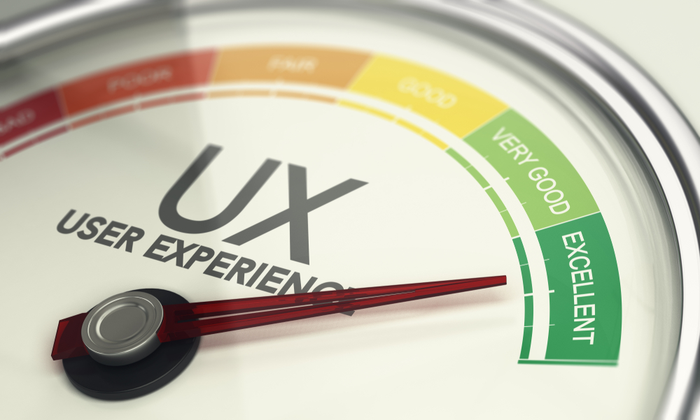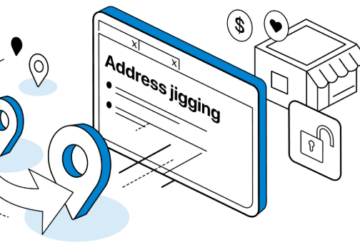In the ever-evolving landscape of digital technology, User Experience (UX) has emerged as a pivotal aspect of product design and development. UX focuses on creating products that provide meaningful and relevant experiences to users. This involves the design of the entire process of acquiring and integrating the product, including aspects of branding, design, usability, and function.
The Essence of UX
At its core, UX is about understanding the needs and preferences of the user. It’s a holistic approach that considers every element that shapes this experience, from how a user feels when they interact with a product to the ease with which they can complete their desired tasks. Good UX is often invisible – users don’t necessarily notice it when it’s there, but its absence is immediately felt through frustration or dissatisfaction.
Components of UX
1. Usability: This is about how easily a user can navigate a product and achieve their goals. A usable interface is intuitive and user-friendly.
2. Design: This involves the aesthetic aspect of the product, including the choice of colors, typography, and images, which should align with the brand and appeal to the target audience.
3. Accessibility: Ensuring that products are accessible to people with disabilities is a crucial part of UX. This includes designing for screen readers, ensuring adequate color contrast, and more.
4. Interaction Design: This is about creating an engaging interface where the elements respond to the user’s actions in a predictable and satisfying manner.
5. Information Architecture: Organizing, structuring, and labeling content in an effective and sustainable way helps users find information and complete tasks.
Enhancing UX with Emotional Design
An often overlooked but crucial aspect of UX is emotional design. This involves creating products that elicit positive emotions in the user, thereby enhancing the overall experience. Emotional design can be achieved through the use of color, imagery, interactive elements, and even the tone of the content. When users form an emotional connection with a product, they are more likely to find it memorable and engaging. This approach goes beyond mere functionality to create a deeper bond between the user and the product.
The Role of Research in UX
Research is a fundamental part of the UX design process. It involves understanding user behaviors, needs, and motivations through observation techniques, task analysis, and other feedback methodologies. This research helps inform the design process, ensuring that the final product is tailored to meet the real needs of its users.
The Importance of User Feedback in UX
Continuous improvement is a key principle in UX design, and user feedback is the cornerstone of this process. Gathering and analyzing feedback from real users helps designers understand what works and what doesn’t. This can be done through various methods such as surveys, user testing, and usability studies. By incorporating user feedback into the design process, products can be refined and improved to better meet the needs and expectations of the target audience.
UX in the Age of AI and Chatbots
As we delve deeper into the digital age, artificial intelligence (AI) and machine learning are playing increasingly significant roles in enhancing UX. This brings us to an important aspect of modern UX: “What is a Chatbot?” A chatbot is an AI-powered tool designed to simulate human-like conversations with users. They are increasingly used in customer service to provide instant responses to customer inquiries. The integration of chatbots into UX design represents a shift towards more interactive, responsive, and personalized user experiences
Benefits of Chatbots in UX
– 24/7 Availability: Chatbots can provide round-the-clock service, ensuring that user inquiries are addressed at any time.
– Personalization: AI algorithms enable chatbots to deliver personalized experiences, learning from user interactions to provide tailored responses.
– Efficiency: Chatbots can handle multiple inquiries simultaneously, reducing wait times and improving user satisfaction.
Challenges in UX Design
While the potential of UX is vast, there are challenges. One of the main challenges is keeping up with rapidly changing technologies and user expectations. Designers must continually adapt their approaches to meet new standards. Additionally, creating designs that are universally accessible and inclusive remains a significant challenge.
UX and the Impact of Mobile Technology
The rise of mobile technology has significantly influenced UX design. Designers must now ensure that websites and applications are not only desktop-friendly but also optimized for mobile devices. This includes considerations like responsive design, touch-friendly interfaces, and faster load times. With more users accessing the internet via smartphones and tablets, mobile-first design has become a critical aspect of creating an effective UX.
The Future of UX
The future of UX lies in the integration of more advanced technologies like augmented reality (AR), virtual reality (VR), and further advancements in AI. These technologies promise to create more immersive and interactive user experiences. As we move forward, the focus will likely shift towards creating more human-centered designs that prioritize the needs and well-being of users.
Conclusion
In conclusion, User Experience is an essential aspect of product design and development in the digital age. It’s about creating products that are not only functional and easy to use but also delightful and engaging. As technologies continue to evolve, so too will the approaches to UX, always with the goal of enhancing the overall experience of the user. Whether it’s through the use of chatbots or the latest in AI, the future of UX is bright, filled with possibilities for creating more intuitive, engaging, and personalized user experiences.








